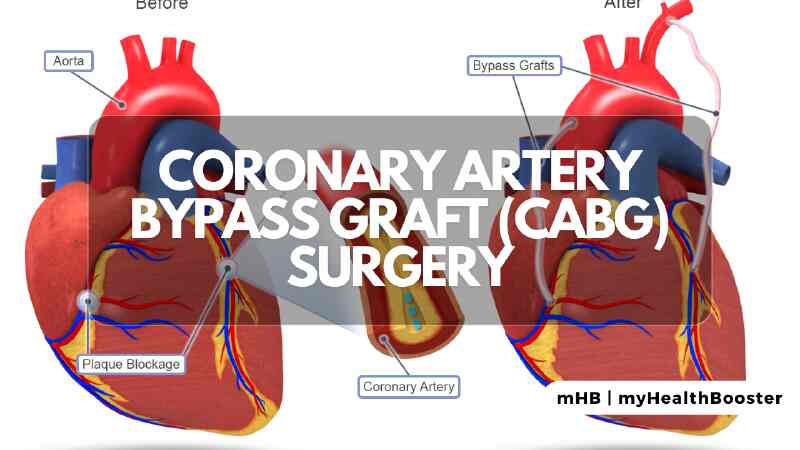Key Points about Coronary Artery Bypass Graft (CABG)
Coronary artery disease (CAD) results from arterial hardening, affecting blood supply to the heart muscle. Diagnosis involves tests such as EKG, stress tests, echocardiography, and coronary angiography. CABG surgery restores blood flow, utilizing grafts from veins or chest wall arteries.
Overview of CABG Surgery
Coronary artery bypass graft (CABG) surgeries, among the most common major operations, are recommended for patients with significant heart artery blockages. This procedure establishes new routes around blocked arteries, ensuring adequate blood flow for delivering oxygen and nutrients to the heart muscle.
Causes of Coronary Artery Disease (CAD)
CAD develops when cholesterol-based plaques accumulate in heart arteries, leading to significant narrowing. Smoking, high blood pressure, elevated cholesterol, and diabetes accelerate plaque formation. Age and positive family history also contribute, causing inadequate blood supply, leading to ischemia and potential chest pain (angina).
Diagnosis of Coronary Artery Disease (CAD)
Various tests diagnose CAD, including EKG, stress tests, nuclear stress tests, stress echocardiography, and cardiac catheterization with angiography. These tests help determine the severity of artery narrowing and guide treatment decisions.
Treatment of Coronary Artery Disease (CAD)
Angina medications, including nitrates, beta-blockers, and calcium blockers, reduce heart muscle oxygen demand. Aspirin and heparin address unstable angina. Angioplasty and stenting open blocked arteries, while CABG surgery is recommended for specific cases.
CABG Surgery Procedure
CABG surgery involves a median sternotomy, where the chest is opened, and the heart is temporarily cooled. Cardiopulmonary bypass is established, and grafts (veins or chest wall arteries) are connected to create new routes around blocked arteries. The surgery takes about four hours.
Recovery After CABG Surgery
Patients wear support stockings and elevate legs to manage swelling. Sutures are removed, and healing takes about six weeks. Restrictions on lifting and driving are advised during this period. Rehabilitation, including monitored exercise, begins four to six weeks post-surgery.
Risks and Complications
Mortality related to CABG is around 3-4%, with heart attacks, bleeding, and strokes being potential complications. Risks increase with age, poor heart function, diabetes, and other health conditions.
Long-Term Results
Vein grafts may become blocked, emphasizing the importance of medications like aspirin. Internal mammary artery grafts show higher longevity. Lifestyle changes and cholesterol-lowering medications contribute to improved long-term outcomes.
CABG Surgery vs. Angioplasty (PTCA)
Ongoing studies compare CABG surgery and angioplasty (PTCA). Both effectively reduce angina, prevent heart attacks, and decrease mortality. The choice between them is individualized based on patient characteristics and expert recommendations.
Summary
Understanding the intricacies of CABG surgery is vital for individuals facing coronary artery disease. Consultation with healthcare professionals helps tailor treatment approaches for optimal outcomes.
